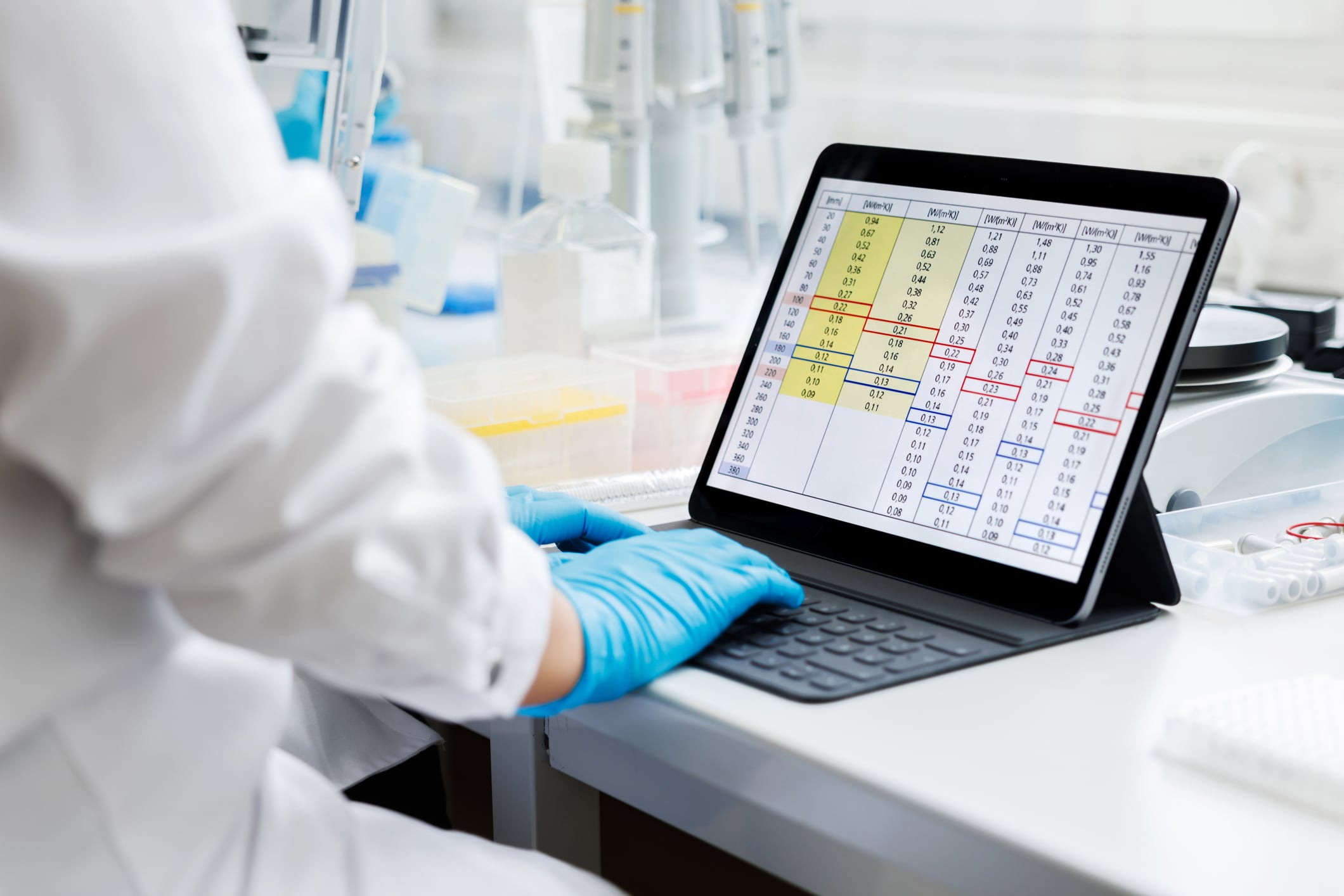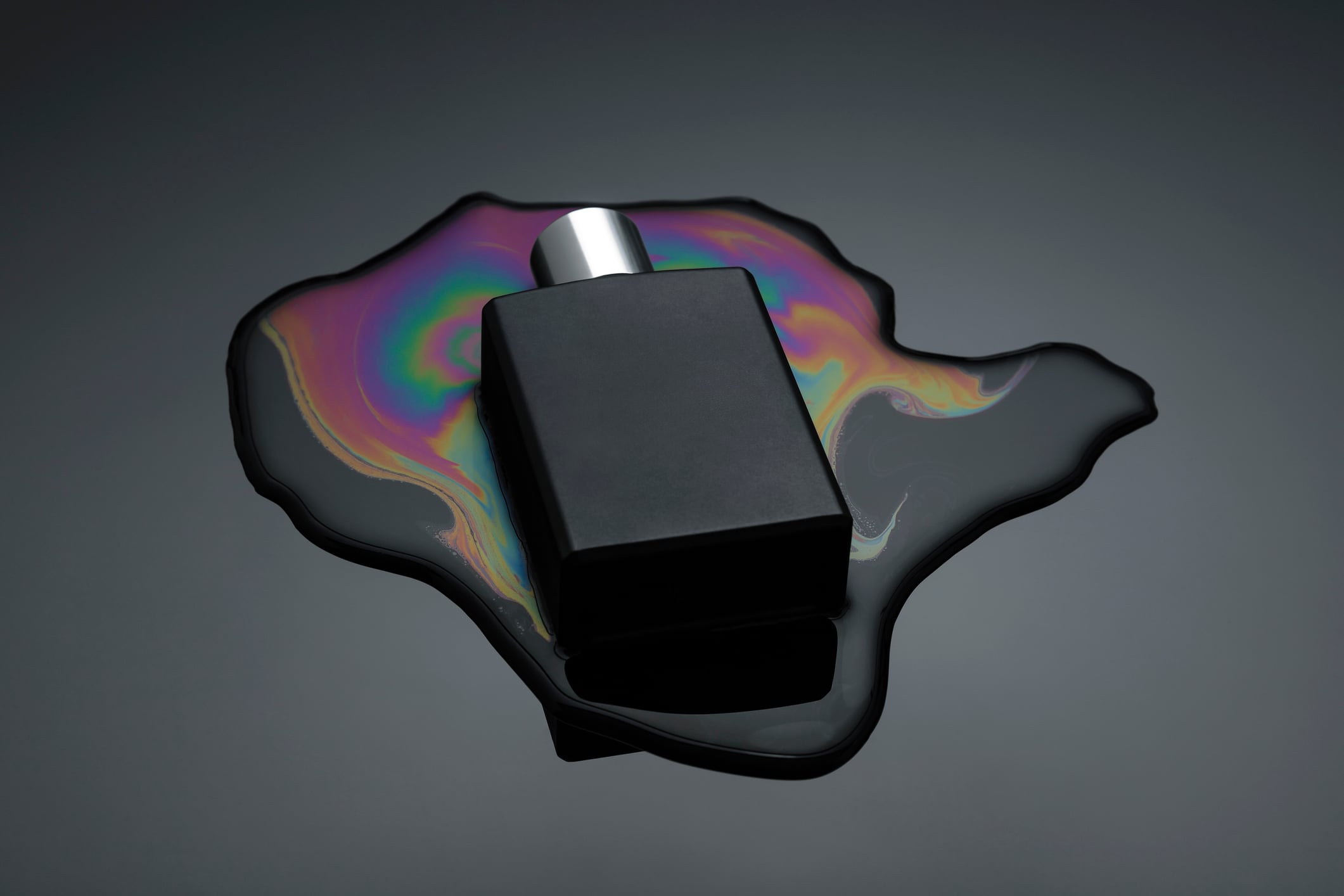As regulatory bodies place greater emphasis on demonstrating that test substances reach relevant target tissues in toxicological studies, the absence of toxicokinetic (TK) or plasma exposure data in older genotoxicity studies presents a growing challenge.
The Research Institute for Fragrance Materials (RIFM) has addressed this issue through a pilot study that applies physiologically based pharmacokinetic (PB/PK) modeling to fragrance ingredient safety assessments.
The study, which uses the Certara Simcyp Simulator platform, enables researchers to simulate the absorption, distribution, metabolism, and excretion of a substance in the body, providing a scientific basis for evaluating target tissue exposure. According to RIFM, this approach “provides a scientifically robust and ethically responsible alternative to additional animal testing.”
“The genetox team at RIFM is excited about this pilot study, as it highlights the utility of PB/PK modeling in bridging data gaps and supporting safety assessments for fragrance materials,” said Kayla Farrell, PhD, MPH, Postdoctoral Researcher at RIFM, in a press statement from the organization.
CosmeticsDesign spoke to Dr. Yax Thakkar, principal scientist and genotoxicity lead at RIFM, who discussed the methodology behind the pilot, the implications of the findings, and how PB/PK modeling could be applied more broadly across ingredient safety assessments.
CDU: Regulators are asking for proof that ingredients actually reach the right tissues in animal safety studies. Why is that important?
Dr. Yax Thakkar (YT): Think of it this way: if you run a safety study and the ingredient never really gets to the tissue you’re testing, the results don’t tell you much. Regulators want reassurance that when a study says an ingredient is safe, the ingredient was actually present in the body and reached the tissue at levels high enough to make that conclusion reliable.
That’s why showing “tissue exposure” is now such a big deal.
CDU: Many older safety studies didn’t include this kind of exposure data. How did RIFM tackle that gap without running new animal tests?
YT: That’s exactly the challenge we faced. RIFM does not test on animals for any of its human health endpoints, including genotoxicity, and hasn’t done so for more than 13 years.
So, instead of animal testing, we used a tool called physiologically based pharmacokinetic (PB/PK) modeling. In simple terms, it’s computer modeling that predicts how an ingredient moves through the body: how it’s absorbed, where it travels, how long it stays, and how it’s broken down.
This provided us with a way to “retrofit” older studies with the missing data that regulators now require.
CDU: What types of fragrance ingredients did you look at in this pilot project?
YT: We focused on 11 fragrance ingredients that had tricky data sets, tests where the ingredient showed a signal in a petri dish but no effect in animals, and where no exposure data existed to back that up.
To make sure our modeling worked properly, we also ran four well-studied “control” chemicals through the same system and compared the results.
CDU: What did the modeling show?
YT: The great news is that all the fragrance ingredients we tested reached the target tissues at levels high enough to support the original study results. In other words, those older safety conclusions still stand.
In fact, 10 out of 11 fragrance ingredients exhibited exposure patterns almost identical to those of the control chemicals.
The one exception, cadinene, preferred to accumulate in fat tissue due to its chemical structure and physicochemical properties; however, even then, the overall exposure was still sufficient to validate the earlier findings.
CDU: From a formulator or perfumer’s perspective, what’s the takeaway?
YT: The takeaway is confidence in using safe ingredients. These fragrance ingredients have already been assessed for DNA-related safety concerns, and we have now reinforced that assessment with modern science, eliminating the need for animal tests.
So, when you use these ingredients, you can be assured that the safety evaluations are up to today’s regulatory standards.
CDU: How do you see this modeling being used in the future?
YT: This pilot was just step one. Now that we’ve shown the approach works, we will apply PB/PK modeling to more fragrance ingredients and possibly other areas of safety testing as well.
It’s a faster, smarter, and more ethical way to answer regulatory questions and maintain a safe and robust fragrance palette.
CDU: So, this helps the industry meet regulatory needs and reduce animal testing?
YT: Exactly. It’s a win on all fronts: Regulators get the data they need; companies and perfumers get stronger safety support for the ingredients they work with; and we continue to avoid unnecessary animal testing.





